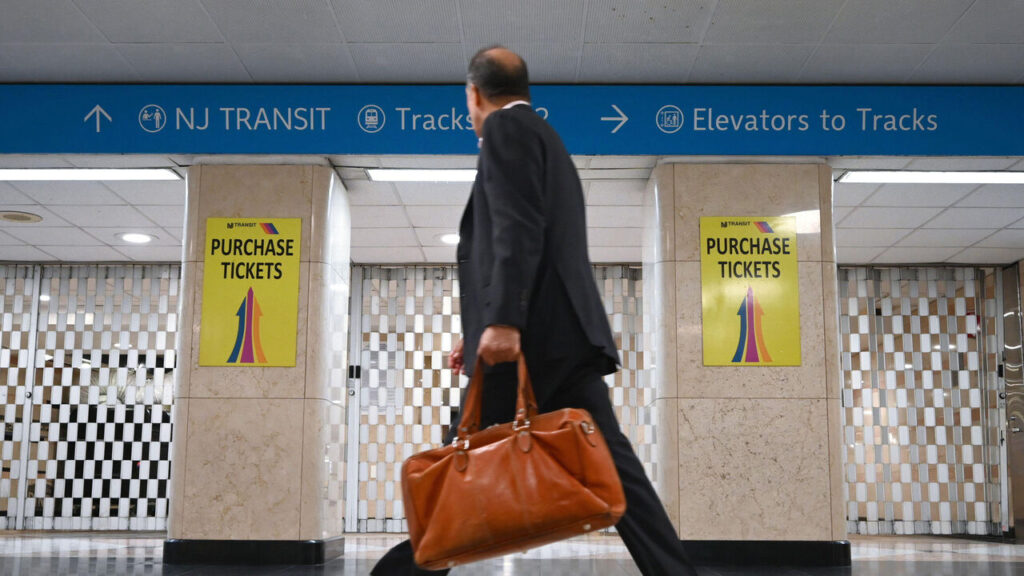For many years, the employment landscape in the United States has fostered an environment that increasingly favors those who are willing to change jobs frequently, often referred to as “job-hoppers.” Conventional wisdom has suggested that one of the most sure-fire strategies for increasing one’s salary is to navigate through a series of one- to two-year positions, with each new job ideally offering a higher paycheck than the last. This approach has been popularized by various career advisors on platforms like TikTok, where individuals frequently share videos that highlight their own salary growth set against upbeat background music. Such content often blurs the line between boasting and offering genuine guidance for those new to the professional world.
In online forums, particularly on platforms like Reddit, discussions often arise about the optimal duration one should stay in a job before moving on to avoid red flags for potential future employers. The consensus tends to be that a tenure of about a year is generally acceptable for job-hoppers, although some more audacious contributors argue that even a commitment as short as six months can be strategically leveraged without automatically signaling disloyalty. This vibrant exchange of ideas reflects a broader understanding of how workplace dynamics are shifting.
The consequences of this trend have been profound. For some, the flexibility to change jobs and seek better pay has led to substantial financial growth. However, this pattern can also foster a sense of instability in career paths, and it often raises questions about commitment and loyalty in professional relationships. Several experts have pointed to the potential pitfalls of such a strategy, warning that while hopping from job to job can yield short-term financial gains, it may also inhibit long-term career growth and stability.
Employers, on their part, are increasingly faced with the challenge of assessing the value of transient employees versus those who exhibit long-term loyalty to their organizations. Many companies now weigh the costs of hiring and training new talent against the potential benefits of cultivating a stable workforce. In this context, the concept of “disloyalty” has evolved, requiring organizations to redefine their expectations regarding employee tenure and commitment.
Moreover, the rapid changes in job market dynamics have sent ripples across various sectors, leading businesses to adapt their hiring practices to attract high-caliber candidates. For instance, some organizations are beginning to offer more competitive salaries and enhanced benefits to encourage loyalty, hoping to appeal to those who might otherwise be tempted by the promise of higher pay elsewhere. The ongoing dialogue between employees seeking growth and employers wanting to retain talent reflects a constantly shifting economic landscape.
In addition to the considerations of salary and tenure, the nature of work itself has transformed dramatically over recent years due to technological advancements and changing societal expectations. The rise of remote work and flexible arrangements has created new opportunities for professionals to explore various roles without the geographical constraints of traditional office environments. As a result, many individuals find themselves exploring multiple career paths simultaneously, further blurring the boundaries between different jobs and creating a more interconnected professional identity.
While the ethos of job-hopping can be perceived as a practical approach to advancing one’s career in the contemporary job market, it is imperative to strike a balance between ambition and stability. Employees should remain cognizant of their long-term professional goals while navigating the nuanced expectations of employers. Ultimately, as the job market continues to evolve, both employees and employers will need to adapt to ensure a mutually beneficial relationship that fosters growth, loyalty, and satisfaction in the workplace.









